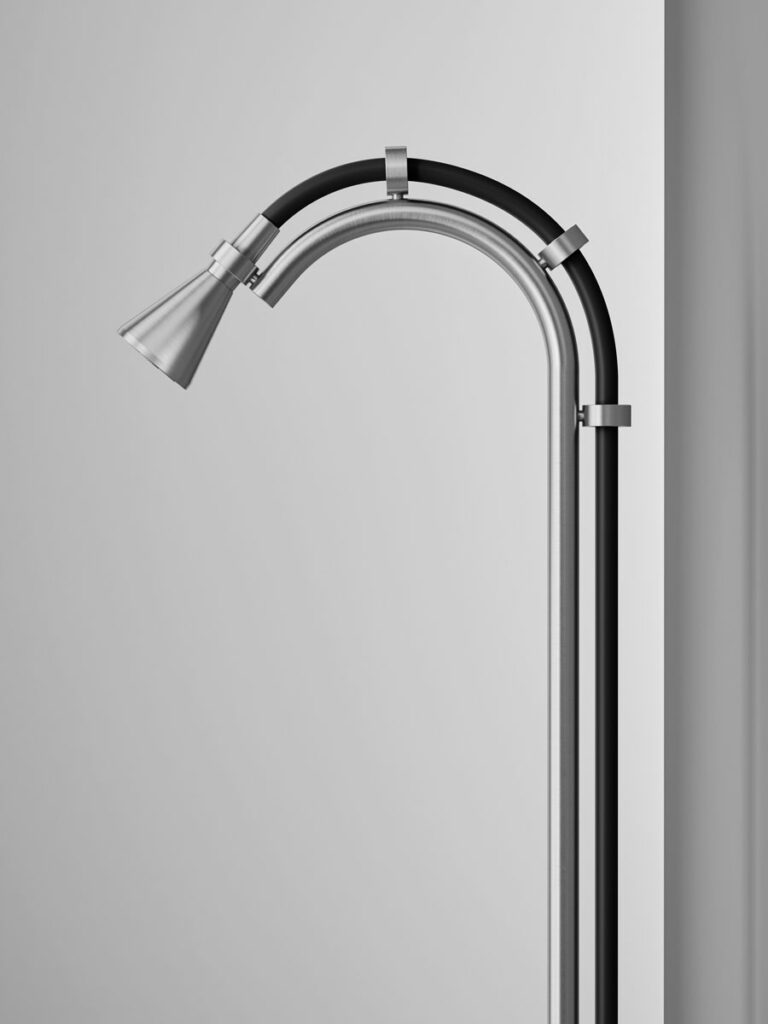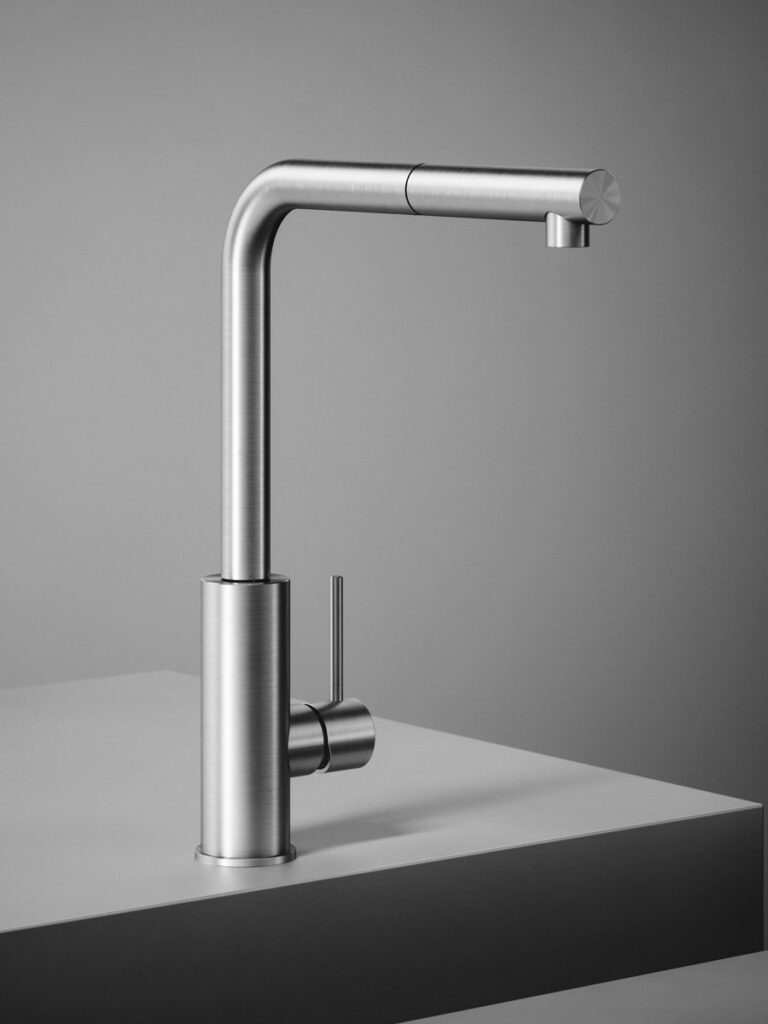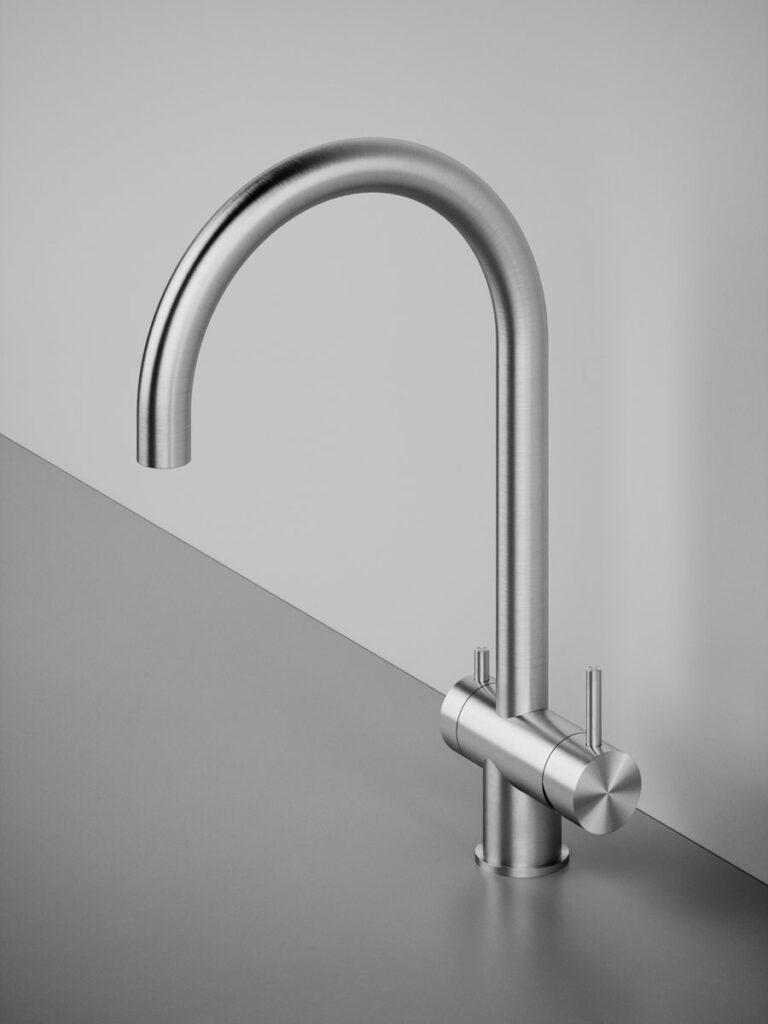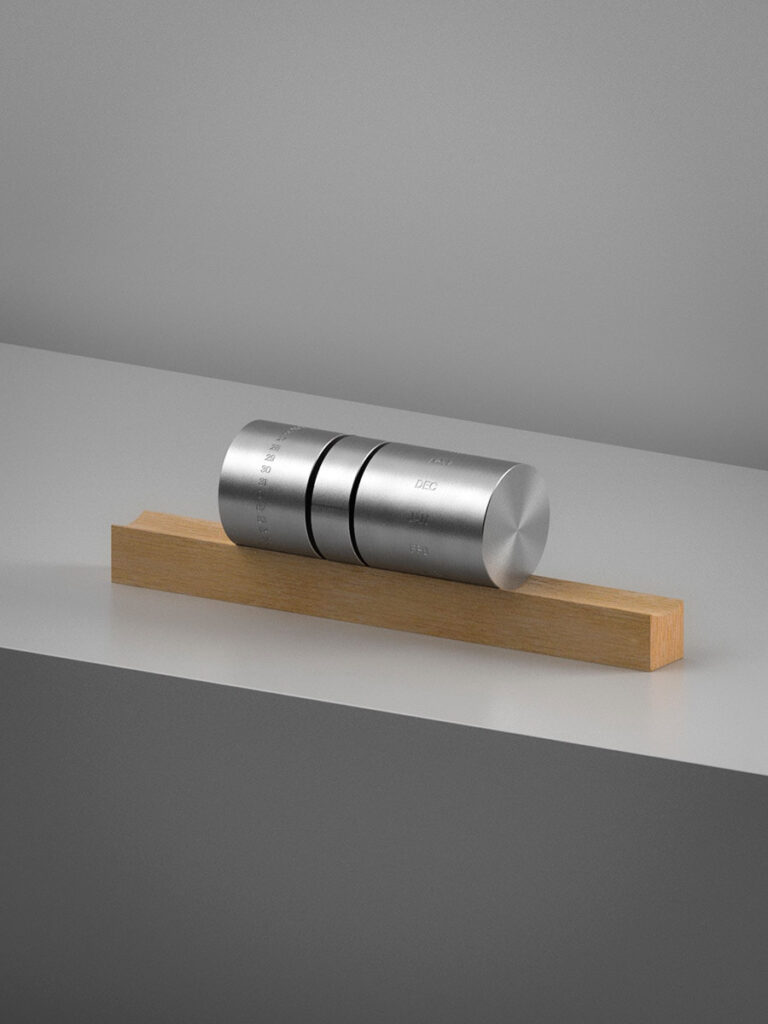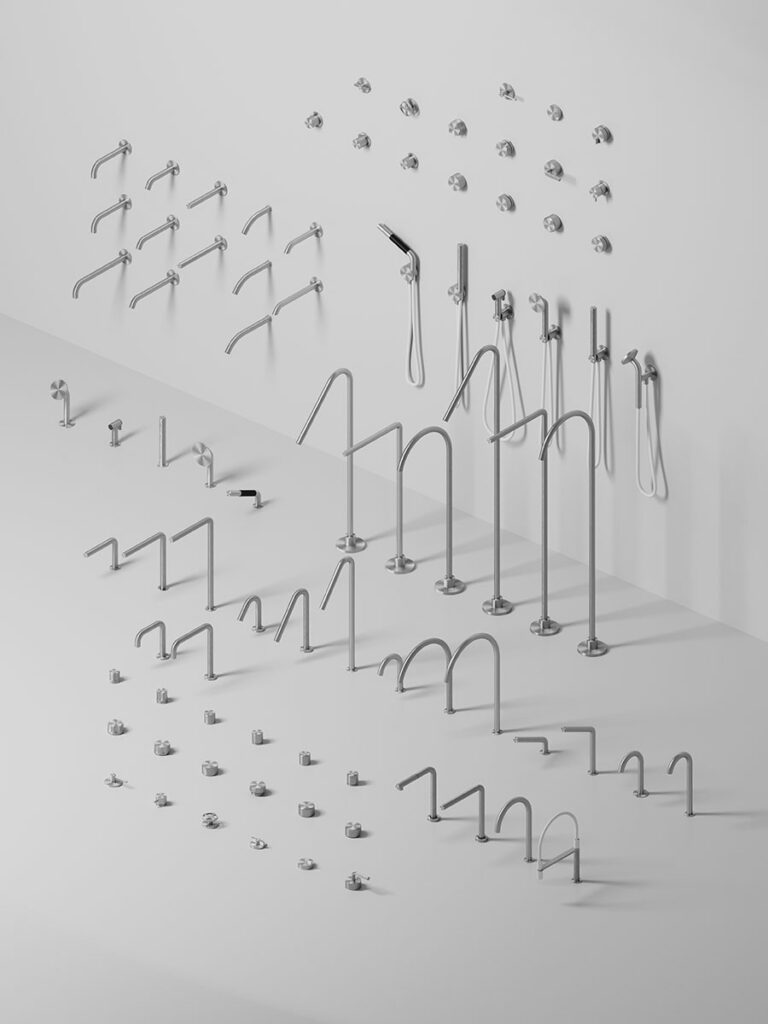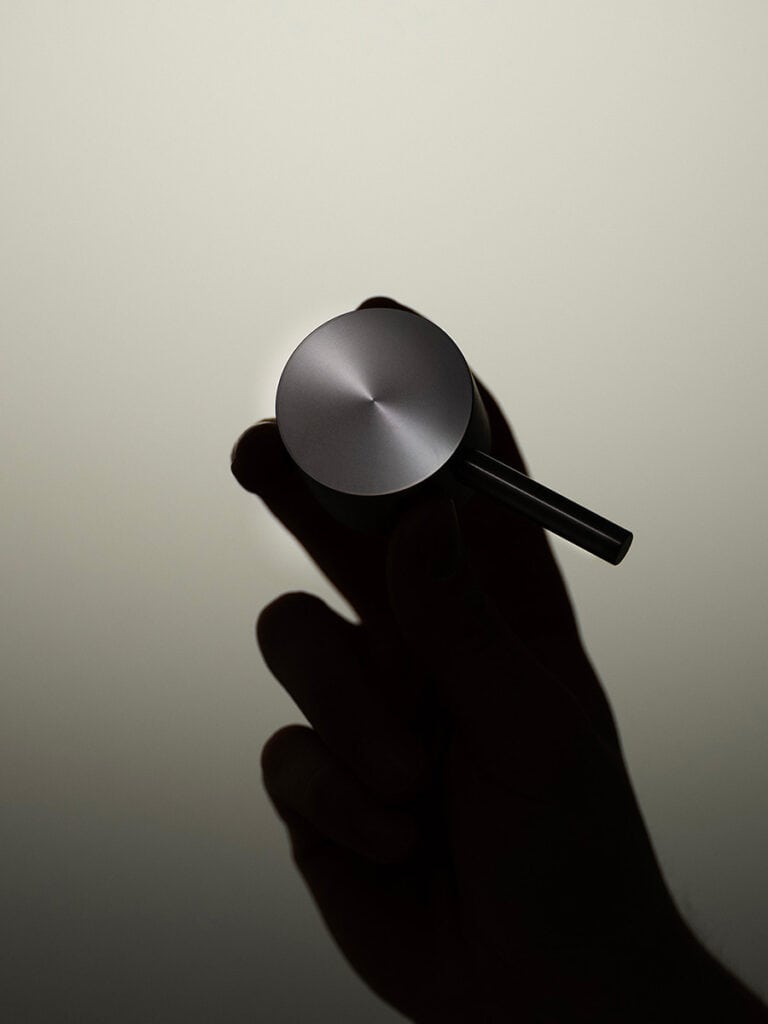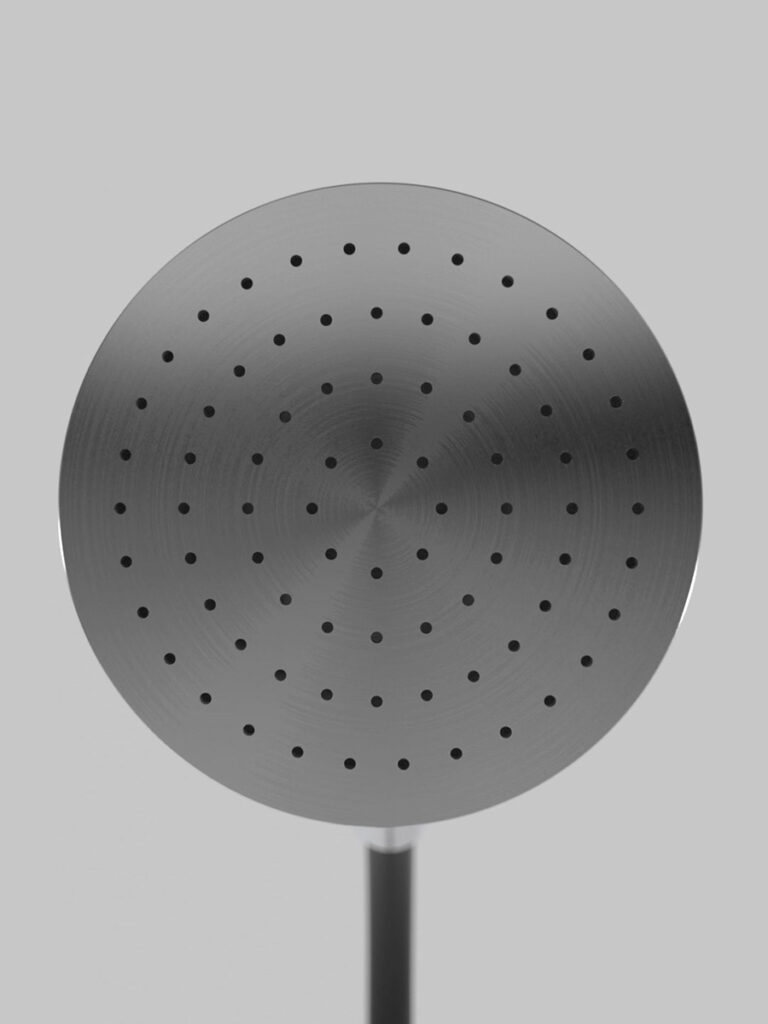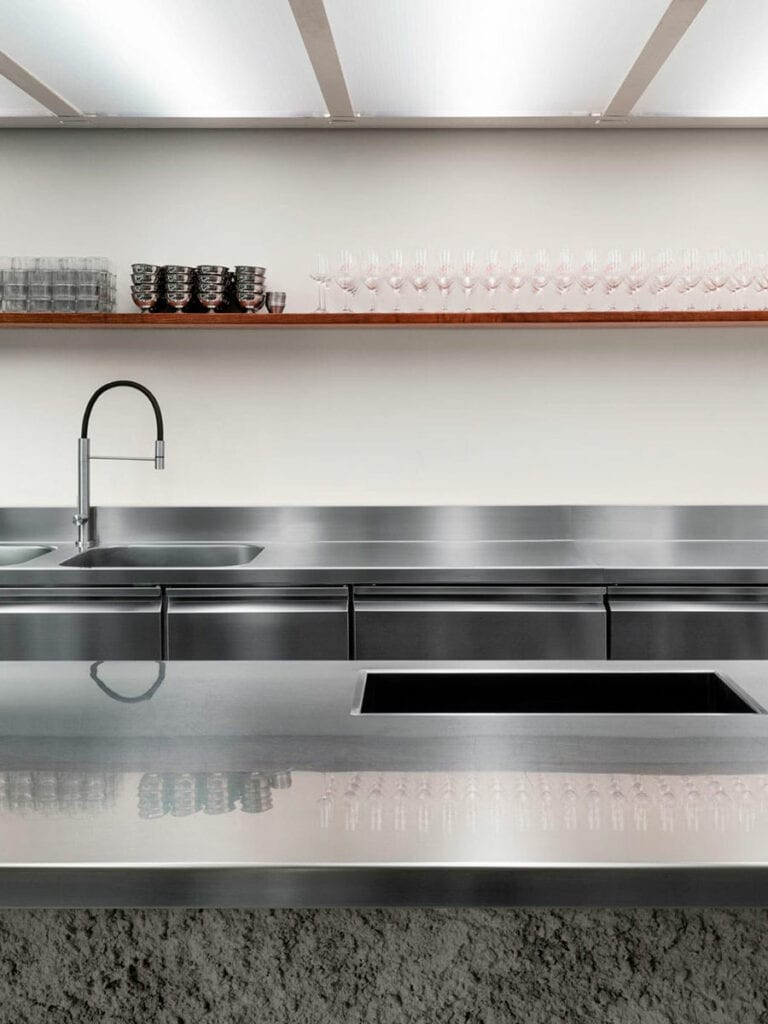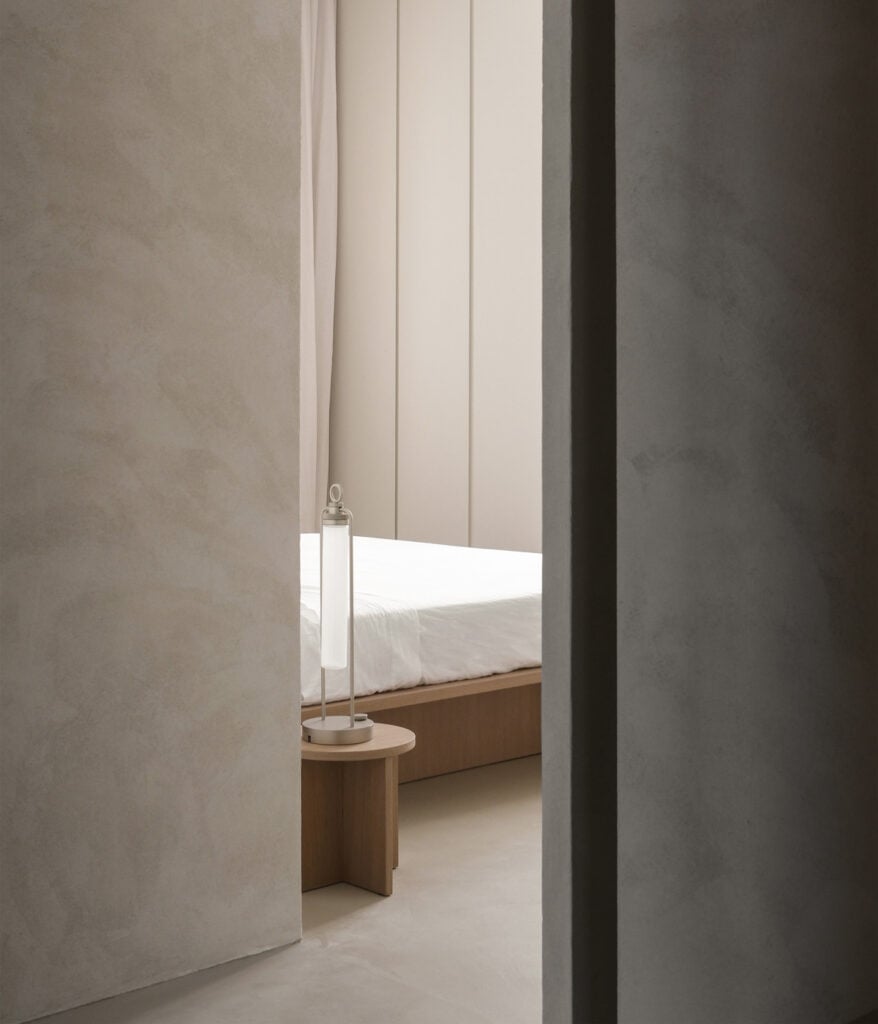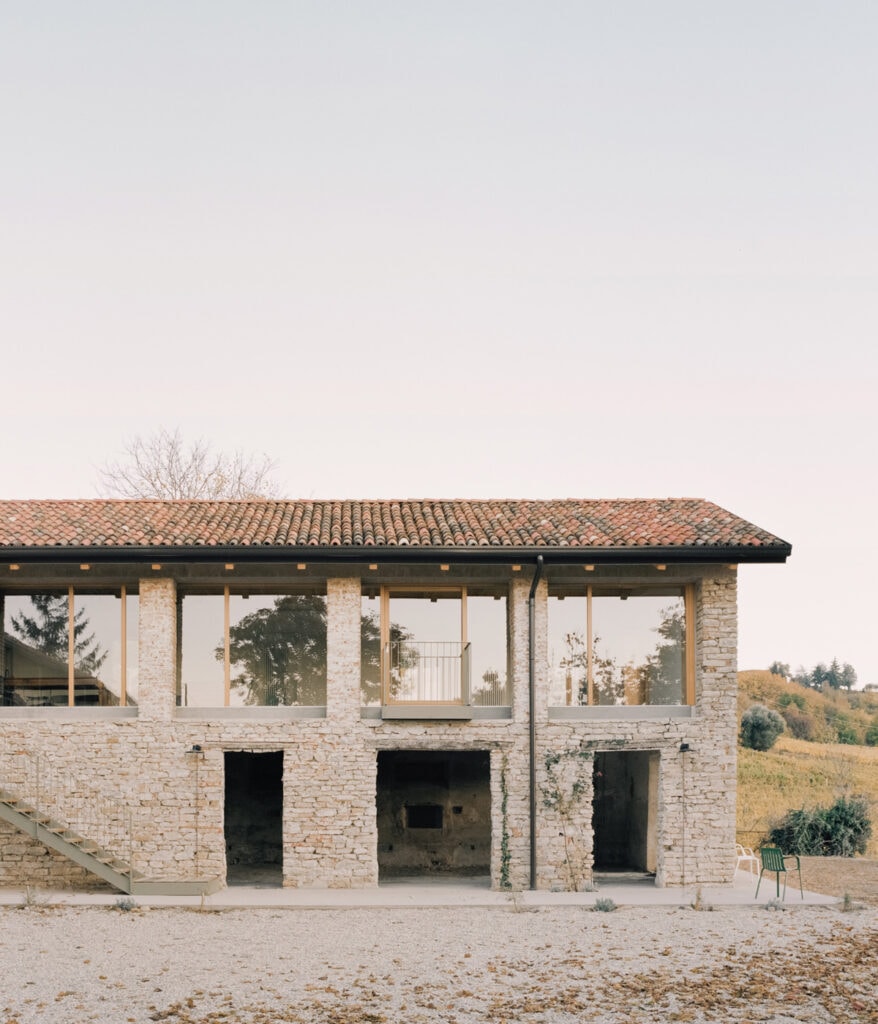HV Pavillon by GGA Architects
Surrounded by an olive grove, HV Pavillon is the project of a residence in the foothills of Amiata Mount in the Tuscan Maremma, designed by architectural studio founded by Alice Gardini and Nicola Gibertini, aka GGA Architects. Raised off the ground, the building is presented as a pavilion released to the landscape in a theatrical way: a proscenium. It’s a spatial mechanism for admiring the surrounding nature claiming it’s belonging to the place and to its secular history.
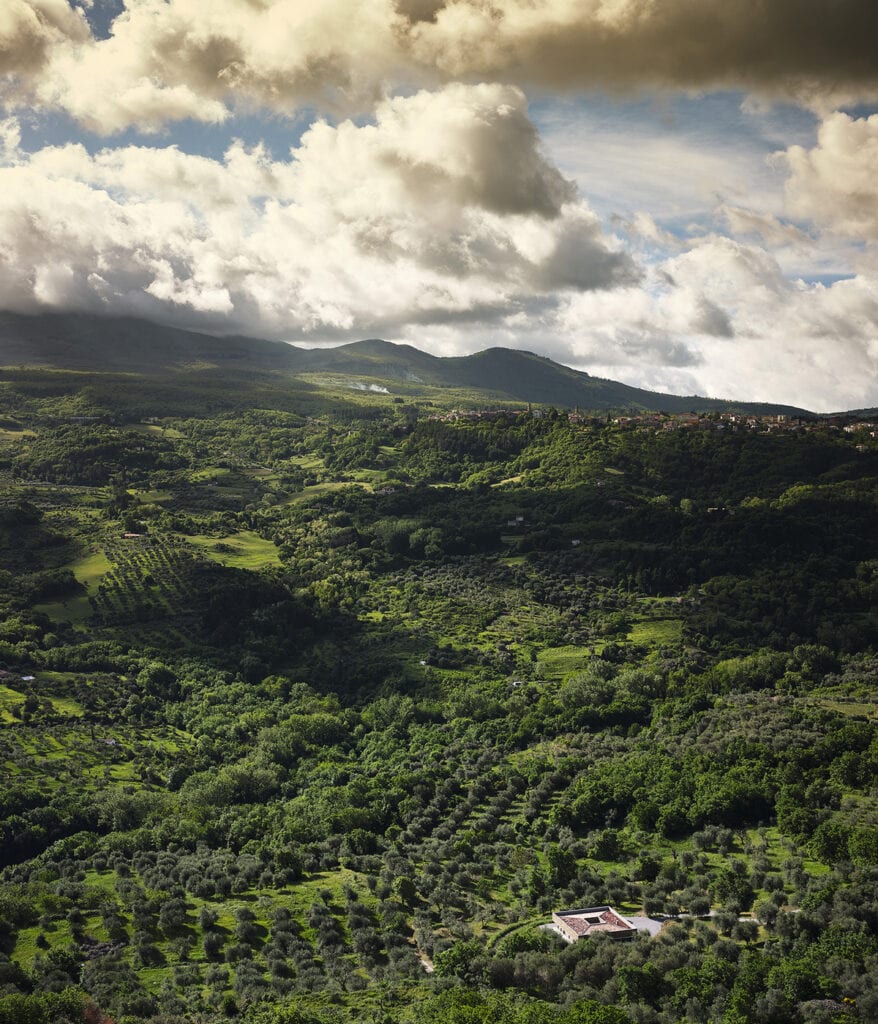





HVP is a typical Mediterranean architecture facing the issue of a residence in its more archaic typological and construction principles. Eight structural boxes settled on a reinforced concrete platform support the solid stone floor covering. The spaces in the house are geometrically configured around a central patio of Roman-Italic reminiscence: ‘Atrium Tusculanum’. The interior is just structure and raw materials aimed at celebrating the contemporary approach to detail solutions.
The floor is made of cementitious resin and it has the colour of sun-scorched grass in the warmer months and chestnut leaves in autumn. Natural wood completes the volumes and all the furnishings are customised. A steel kitchen island and a monumental cast-in place cement table celebrate the rite of good Italian cuisine emphasising the convivial character of the house. The table is the secular altar in the centre of the visible scene from every room in the house.










The facility is a spatial continuum between the intimate hearth and the olive grove without blackout filtering elements except the light linen curtains. Outside the rigor of geometry is compact and cohesive in proportions and it honours the local country building tradition of ‘dry stone’ walls on anthropized soil, whereas the wood infills recall the locking elements of the amiatini traditional rural buildings called ‘seccatoi’ – dryers for chestnuts. In this way, the building merges with the landscape and ties it profoundly into its own history.





